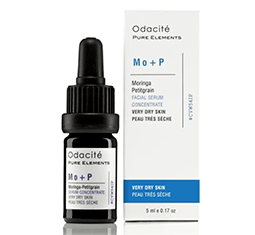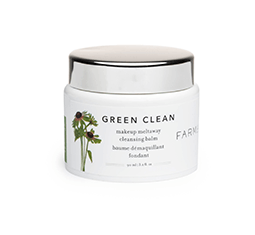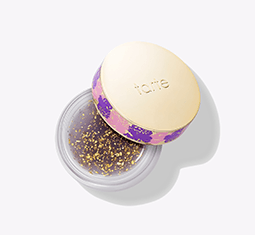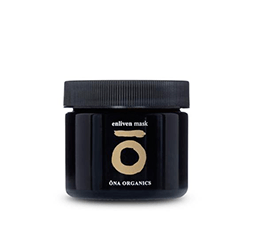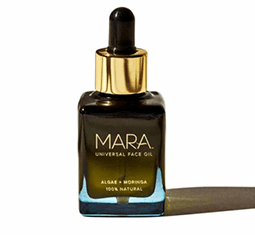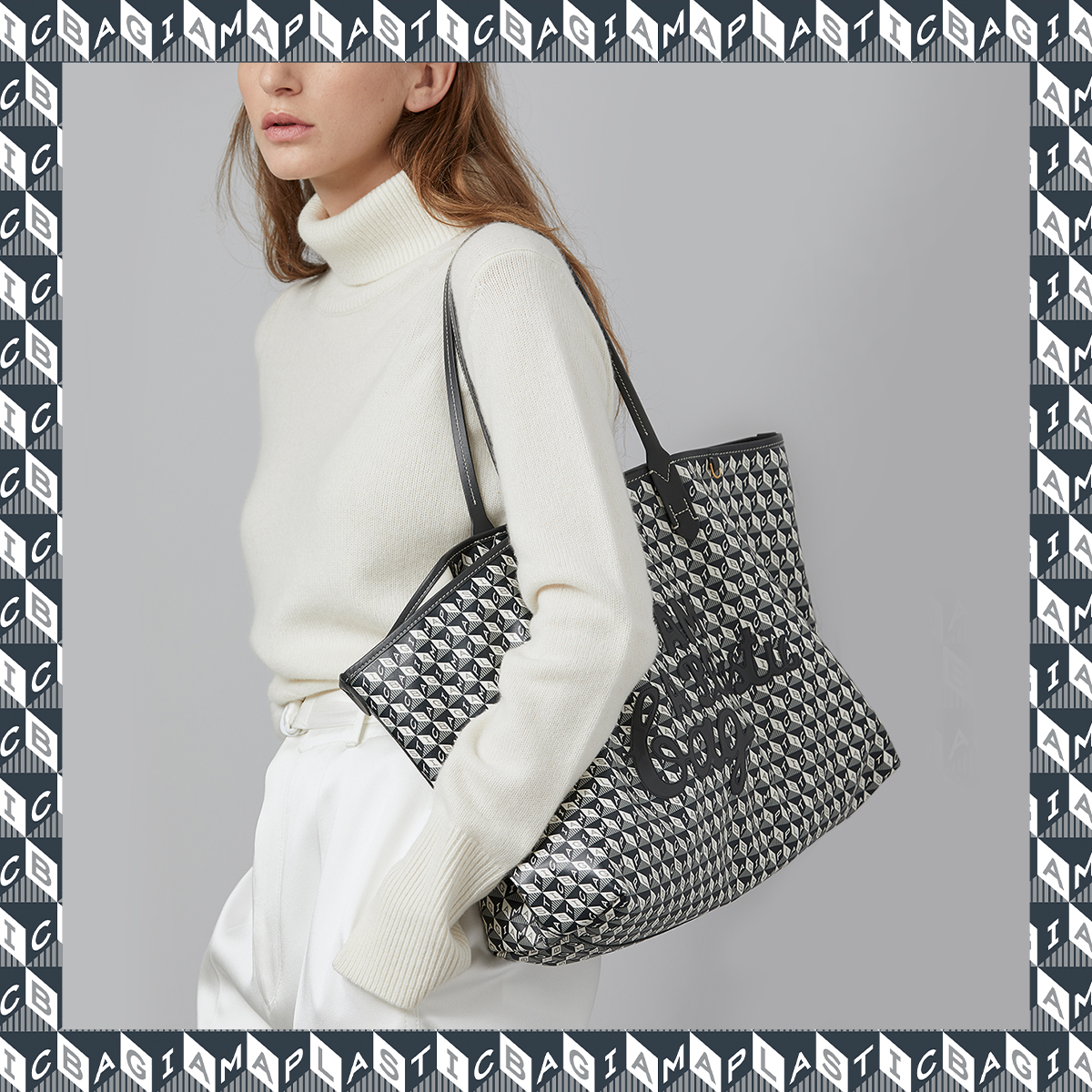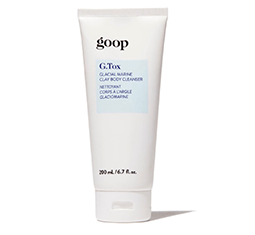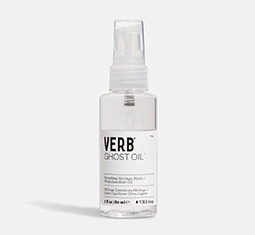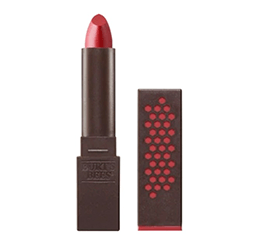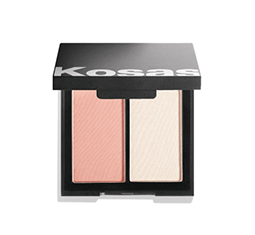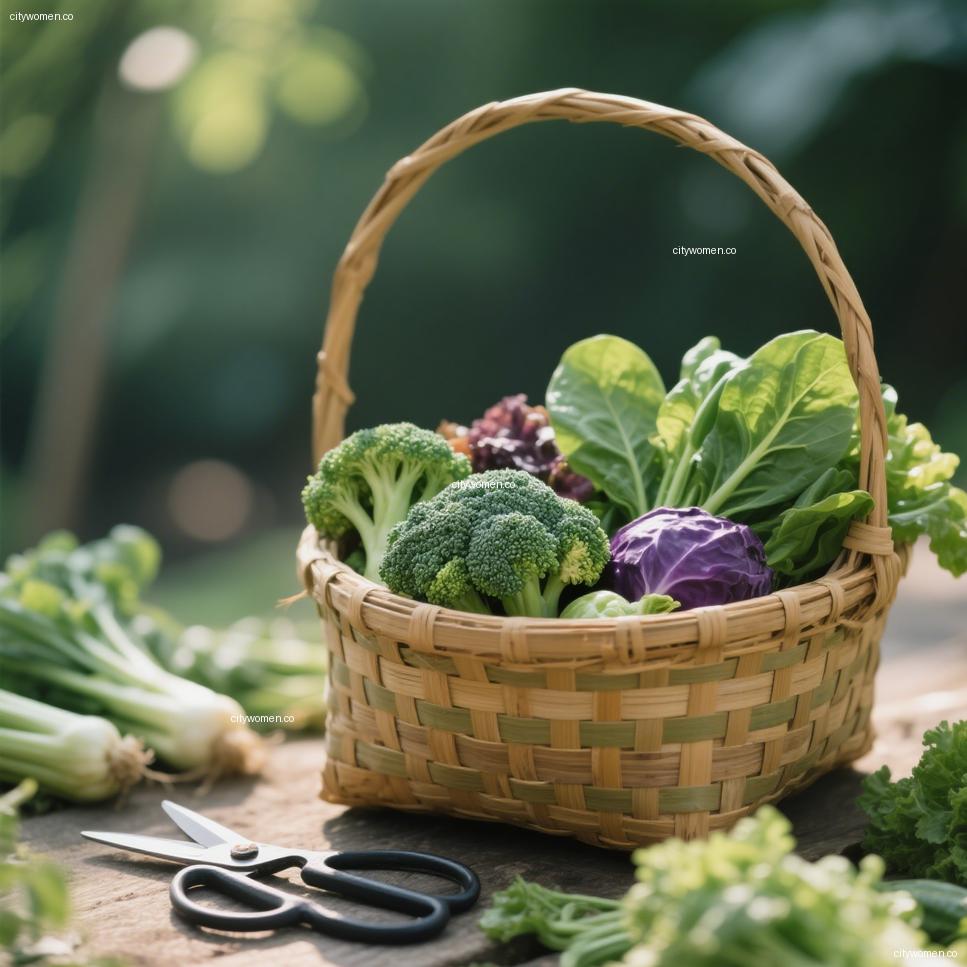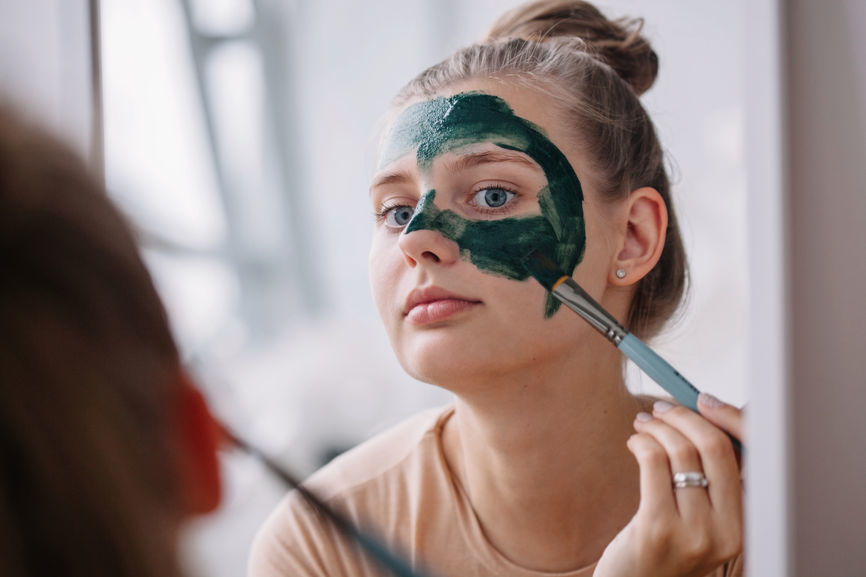
August 21, 2019 at 04:00PM by CWC
Moringa is undisputedly the HBIC of superfoods—nicknamed the “miracle tree,” its leaves and seeds boast more protein and iron than spinach or kale, and it’s said to be better at reducing inflammation than turmeric. A few years ago it started infiltrating the grocery store as an ingredient in teas, smoothie-boosting beauty powders, and even snack puffs. Since then, moringa has also been taking over an entirely separate category of labels: the ones attached to beauty products.
As it turns out, the western world is only now catching on to what other cultures have known all along. Moringa is a medicinal staple of Ayurveda—a healing tradition that began in India over 5,000 years ago—and moringa trees are now commonly grown as food in many parts of Asia, Africa, and Latin America. Considering its impressive nutritional profile and anti-inflammatory cred, it makes sense that beauty brands would choose to harness the plant for skin and hair treatments, too.
From a complexion perspective, moringa is thought to be particularly helpful for those with inflammatory skin conditions, environmental damage, fine lines, and dullness. “Moringa oil is beautiful for all skin types because of its concentration of essential skin nutrients, such as vitamins A, E, and C, as well as omegas 3, 6, and 9,” says Elizabeth Dorow, a former moringa farmer who cofounded skin care line Ōna Organics with Amanda Arapoglou. “It’s similar to the oil your skin produces naturally and can help to balance, purify, and soften the skin while helping prevent and heal damage from the sun and the signs of premature aging.”
ADVERTISEMENT
ADVERTISEMENTKate Spade Autumn/Winter Sale |
Dermatologist Kavita Mariwalla, MD, agrees that moringa has some noteworthy beauty benefits. “In vitro studies have shown that moringa can be used as an antioxidant and the extract of the moringa leaves can absorb UV light,” she says. “There is also some interesting data to show that extracts from moringa seed, leaf, and pulp can speed wound healing and improve the appearance of scars.”
Even so, not all moringa-infused beauty products are equally powerful. “The quality of the ingredients makes all the difference,” says Dorow, who prioritizes sustainably grown, organic moringa from farmers who are “meticulous” about cultivating plants that are as nutrient-dense as possible. She adds that Ōna formulates products with both moringa leaves and moringa seed oil, to ensure the highest bioavailability possible. Another tip to get the most out of your moringa: Look for products that list it at the very top of the ingredient deck, as this means there’s a high concentration of it in the bottle. (Odacite’s Mo + P Facial Serum Concentrate and Mara’s Algae + Moringa Universal Face Oil are two examples.)
Of course, getting your moringa fix the old-school way—AKA eating it—may also have an impact on your skin, although most of the purported benefits haven’t been rigorously studied. “Moringa leaves contain seven times the vitamin C of oranges. Taking vitamin C internally, especially in such a bioavailable form, can [aid in] the body’s production of collagen,” says Dorow. Dr. Mariwalla adds that moringa seed kernels may help remove heavy metals like lead, iron, and cadmium from water, all of which can have an impact on skin when a person is exposed to them long-term.
But for those who lack the patience to whip up a batch of moringa macaroons, slathering it on in a serum or face mask—like one of the options below—is a worthy alternative.
9 ways to add moringa to your beauty routine
If you’re dealing with acne and dark spots, azelaic acid might just be the skin hero you need. And if intense moisture’s what you’re after, seek out a skin potion with algae inside.
Author Erin Magner | Well and Good
Selected by CWC
ADVERTISEMENT
ADVERTISEMENTUp to 30% off Gift Sets |






